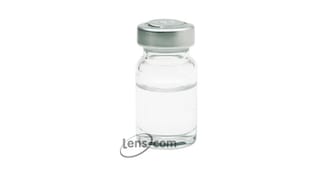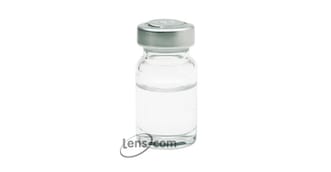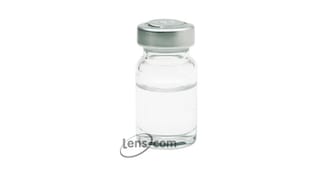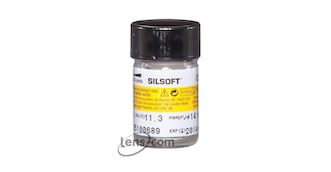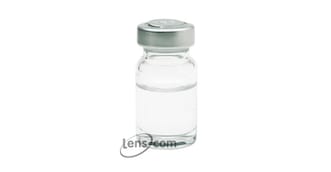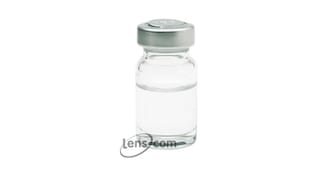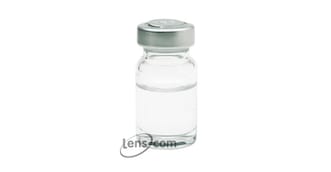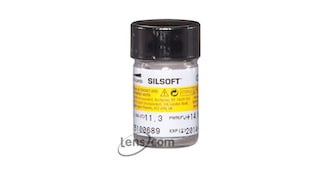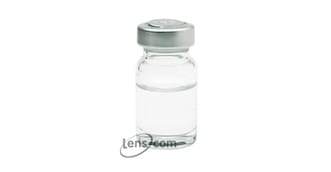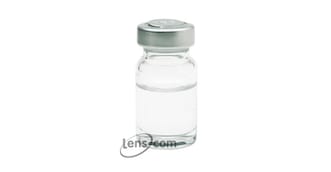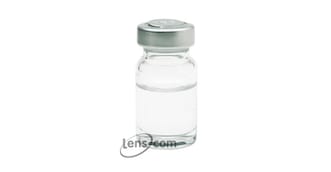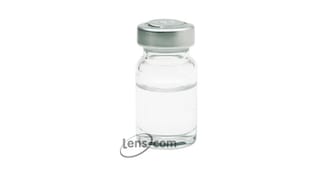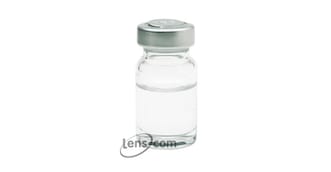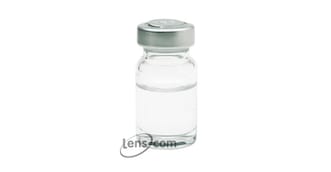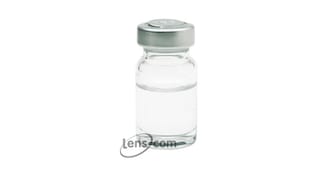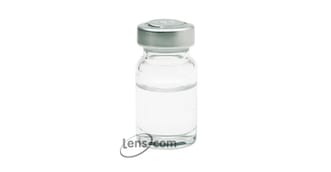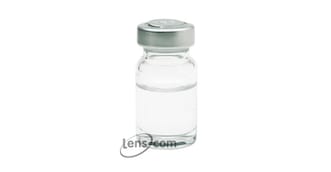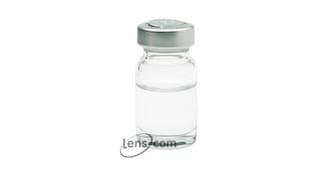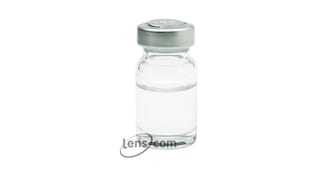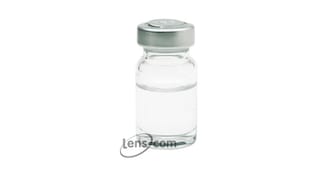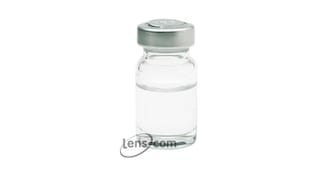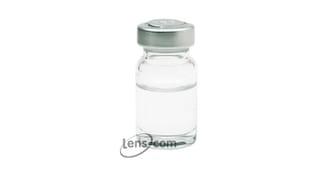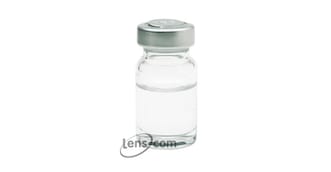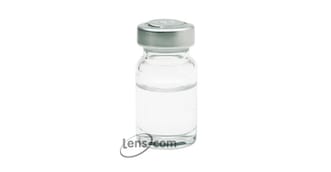Hard Contact Lenses
Hard contact lenses are lenses made of gas-permeable materials that allow oxygen to reach the eye. This helps reduce problems that may occur when the eye does not get enough oxygen. Hard contact lenses correct most refractive errors, including astigmatism, with little to no distortion.
| Most Popular Hard Contact Lenses Contact Lenses | |||
|---|---|---|---|
| All Hard Contact Lenses Contact Lenses | |||
|---|---|---|---|
About Hard Contact Lenses Contacts
Hard contact lenses are lenses made of gas-permeable materials that allow oxygen to reach the eye. This helps reduce problems that may occur when the eye does not get enough oxygen. Hard contact lenses correct most refractive errors, including astigmatism, with little to no distortion.
Features of Hard Contact Lenses
Hard contact lenses are one of the two most common types of contact lenses available today. They should not be confused with conventional hard contact lenses, which are now obsolete. Conventional hard contacts are made of a fairly stiff and inexpensive plastic material called polymethyl methacrylate (PMMA). While PMMA has exceptional optical properties, it reduces the amount of oxygen that reaches the eye. As such, conventional hard contacts can put wearers at risk for overwear syndrome and other problems.
Today, most hard contact lenses available on the market are made of durable plastics combined with other materials. As such, they are able to hold their shape firmly while still allowing oxygen to reach the eye. This characteristic also means the lenses can keep the eyes moist throughout the day.
Moreover, the edges of modern hard contact lenses fit snugly against the surface of the eye, making them comfortable to wear. Plus, the lenses themselves stay securely on the eye, even when worn during sports. This makes them ideal for people who spend a lot of time outdoors playing sports, exercising, or doing other recreational activities.
Modern hard contact lenses are also naturally resistant to deposit buildup because they are not made of materials that contain water. This feature makes them particularly suited for people with sensitive eyes. For certain refractive errors, hard contacts also provide clearer vision than soft lenses. This is mainly due to the structural differences between hard and soft contact lenses.
Additionally, modern hard contacts are very durable, which makes them easy to handle from insertion to removal. They can also be worn daily for up to a year before they need to be replaced. As such, they tend to be less expensive than soft lenses in the long run. Some hard contacts can be worn overnight, but eye care professionals (ECPs) advise against wearing hard contacts for an extended period of time to avoid irritation.
To recap, here are the main features of hard contact lenses:
- Highly permeable to oxygen
- Stay in place
- Resistant to deposit buildup
- Provide clear, sharp vision
- Highly durable
- Easy to handle
- Cheaper in the long run
Popular Hard Contact Lenses
Bausch + Lomb, a trusted name in eyecare products, carries a sizable selection of hard contact lenses, thanks to their commitment to the field of gas-permeable lens research. That selection includes Boston MultiVision, a gas-permeable lens for people with presbyopia (blurred near vision), and Boston Envision, a gas-permeable lens designed for fitting ease and patient comfort.
Bausch + Lomb also offers Zenlens and Zen RC scleral lenses, both of which are best suited for people with astigmatism — a common and generally treatable imperfection in the curvature of the eye.
Contamac, a global leader in contact lens material technology, also offers highly breathable lenses under its Optimum brand of hard contacts. Contacts belonging to this brand feature a wide range of oxygen permeabilities, superior wettability, and high stability — features that make Optimum contacts some of the most popular hard contacts on the market.
How Much Are Hard Contact Lenses?
Hard contacts cost around $100 per lens, with each one lasting for at least a year before it needs to be replaced. As such, a yearly supply of hard contacts will cost you around $200. That said, some online retailers, such as Lens.com, offer hard contact lenses at much lower prices than brick-and-mortar stores and doctors’ offices.
Take note that hard contact lenses specifically designed to correct astigmatism may cost more. Your ECP may also charge you more for a hard contact lens fitting. The fee is higher because a hard contact lens fitting often requires more work and follow-up appointments.
How to Insert and Remove Hard Contact Lenses
Wash and dry your hands before touching your contacts or your eyes. Scoop your first lens out of the case with the index finger of your dominant hand and rinse it with a multipurpose cleaning solution recommended by your ECP. Inspect the lens for any tears or debris. Using the middle finger of your dominant hand, pull down your lower eyelid. If necessary, use the middle finger of your non-dominant hand to pull your upper eyelid. Stare straight ahead and gently place the lens on your eye. Blink a few times to center the lens. Repeat this with the other lens.
Don’t panic if the lens doesn’t feel comfortable as soon as you put it in. Hard contacts typically take longer to get used to wearing than soft lenses, but regular use is key for comfort. If you don’t wear your hard contacts for several days, they may not feel comfortable right away when you put them in again. Try to be consistent with regards to how often and how long you wear your hard contacts. But if you can’t tolerate them even after weeks of use, hard contacts may not be a good choice for you. In that case, talk to your ECP about trying a different lens.
To remove hard contacts, start by washing and drying your hands. For your left eye, place the index finger of your left hand at the corner of your eye and place your right hand below your eye. Stare hard at your right hand, then use your left index finger to pull your eyelid towards your ear. Blink, and the lens should easily pop out of your eye. Use this same technique to remove the right lens. You can do this whole process over a flat surface that’s covered with a clean towel so that you don’t have to worry about catching the lens.
Safety Tips for Hard Contact Lenses
Hard contacts can last for up to a year if they’re removed, cleaned, and stored properly every day. Doing so also helps lower your risk of developing an eye infection or accidentally injuring your eye. Take good care of your hard contacts by following these tips:
- Clean them daily. Daily cleaning of hard contacts is essential. It’s important to clean your contact lens case daily, too.
- Don’t use tap water for cleaning. Tap water is not safe for cleaning contacts because it contains germs and contaminants that can stick to the lenses. Instead, use a cleaning solution that’s specially formulated for hard contacts.
- Don’t wear them when swimming or bathing. Contaminants in water can stick to your hard contacts if you wear them while swimming or bathing. Always take them out beforehand.
- Replace your contact lens case regularly. Even though your hard contacts may last for a year or two, you should replace your contact lens case every few months to avoid contamination with germs and debris that can lead to irritation or infection.
- Never clean them with saliva. Your saliva contains bacteria that may cause eye infections.
- Always handle them with clean, dry hands. Before handling your contacts, wash your hands with mild soap and water and dry them thoroughly using a clean, lint-free towel. Irritation or eye infections can easily occur if you insert or remove your contacts with dirty hands.
- Don’t sleep in them. Unless your ECP says otherwise, don’t sleep in your contacts. This can put you at risk for an eye infection.
About Lens.com
Lens.com has been proudly offering high-quality contact lenses at discount prices since 1995. Choose from a variety of our hard contact lenses and enjoy hassle-free returns, quick shipping, and a 100% money-back satisfaction guarantee.
